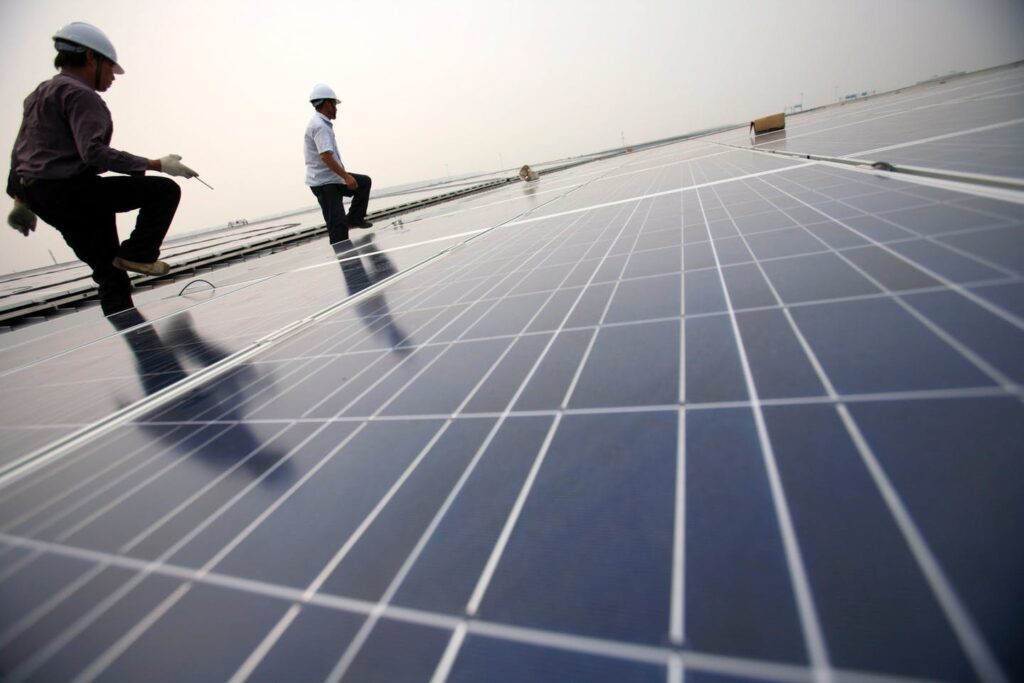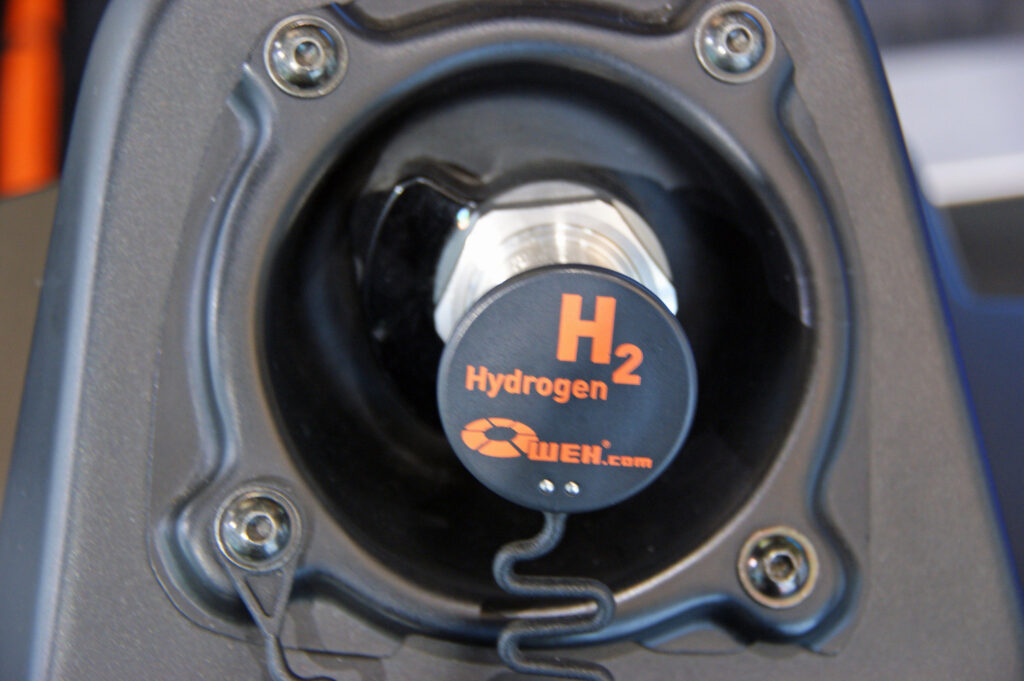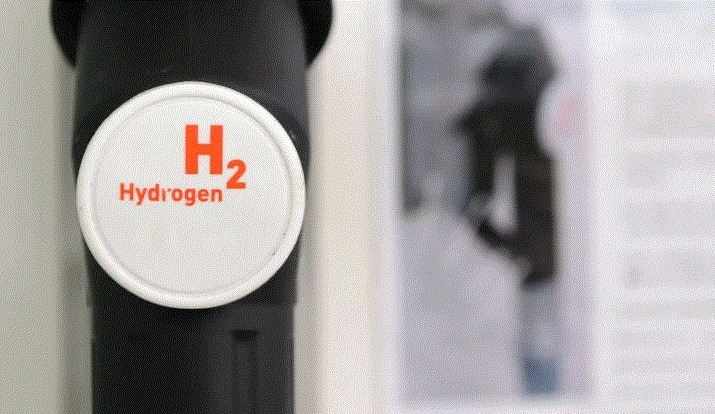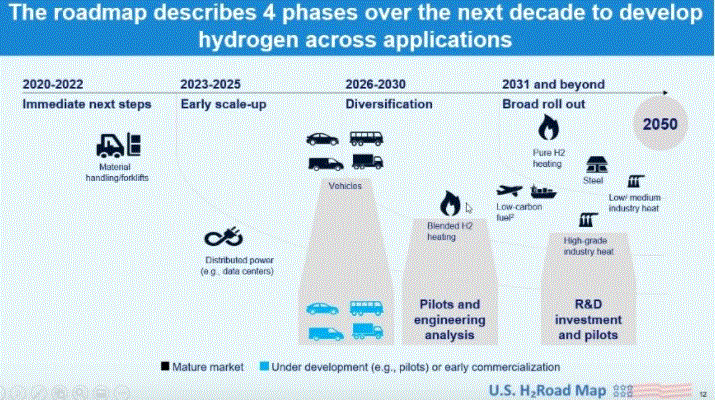Looking at the whole life cycle of EVs, the verdict is clear.
Looking at the whole life cycle of EVs, the verdict is clear.
Written By: David M. Kuchta
View the original article here.

Are electric vehicles truly better than gas cars for the environment? Not in all facets or in all regions of the world, but overall, unquestionably, yes—and as time goes on, only more so.
While much clickbait has been written questioning the environmental superiority of EVs, the cumulative science confirms that in almost every part of the world, driving an EV produces fewer greenhouse gas emissions and other pollutants than a gas-powered car. The internal combustion engine is a mature technology that has seen only incremental changes for the past half-century. By contrast, electric vehicles are still an emerging technology witnessing continual improvements in efficiency and sustainability, while dramatic changes in how the world produces electricity will only make electric vehicles cleaner.
“We still have a long way to go, and we don’t have the luxury of waiting,” said David Reichmuth of the Union of Concern Scientists in a recent interview with Treehugger.1
The transportation sector generates 24% around the world and 29% of total greenhouse gases (GHG) emissions in the United States—the largest single contributor in the U.S.2 According to the EPA, the typical passenger vehicle emits about 4.6 metric tons of carbon dioxide per year at an average of 404 grams per mile.3 Beyond carbon emissions, road traffic from gas-powered vehicles generates fine particulate matter, volatile organic compounds, carbon monoxide, nitrogen oxides, and sulfur oxides, the adverse health effects of which—from asthma and heart disease to cancer and pregnancy disorders—have been well demonstrated and disproportionately impact low-income communities and communities of color.4 EVs can’t solve all those problems, but they can make our world a more livable place.
Life-Cycle Analysis
The key to comparing gas-powered vehicles with electric ones is life-cycle analysis, which accounts for the entire environmental impact of vehicles from the extraction of raw materials to the manufacturing of vehicles, the actual driving, the consumption of fuel, and their end-of-life disposal.
The most significant areas of difference are in the upstream processes (raw materials and manufacturing), during driving, and in fuel sources. Gas-powered vehicles are currently superior when it comes to resources and manufacturing. EVs are superior when it comes to driving, while the issue of fuel consumption depends on the source of the electricity that fuels EVs. Where the electricity supply is relatively clean, EVs provide a major benefit over gas-powered cars. Where the electricity is predominantly coal—the dirtiest of the fossil fuels—gas-powered cars are less polluting than electric vehicles.
But coal is less of a major source of electricity around the world, and the future favors EVs fueled by clean energy. In two comprehensive life-cycle studies published in 2020, the environmental superiority of gas-powered vehicles applied to no more than 5% of the world’s transport.5 In all other cases, the negative impacts of upstream processes and energy production were outweighed by the benefits of a lifetime of emissions-free driving.
In the United States, given the decreasing reliance on coal in the electricity grid, “driving the average EV is responsible for fewer global warming emissions than the average new gasoline car everywhere in the US,” according to Reichmuth’s recent life-cycle analysis for the Union of Concerned Scientists.
As Nikolas Hill, co-author of a major 2020 study for the European Commission, told the podcast How to Save a Planet: “It’s very clear from our findings, and actually a range of other studies in this area, electric vehicles, be they fully electric vehicles, petrol-electric, plug-in hybrids, fuel cell vehicles, are unquestionably better for our climate than conventional cars. There should be absolutely no doubt about that, looking from a full life-cycle analysis.”
Raw Materials and Manufacturing
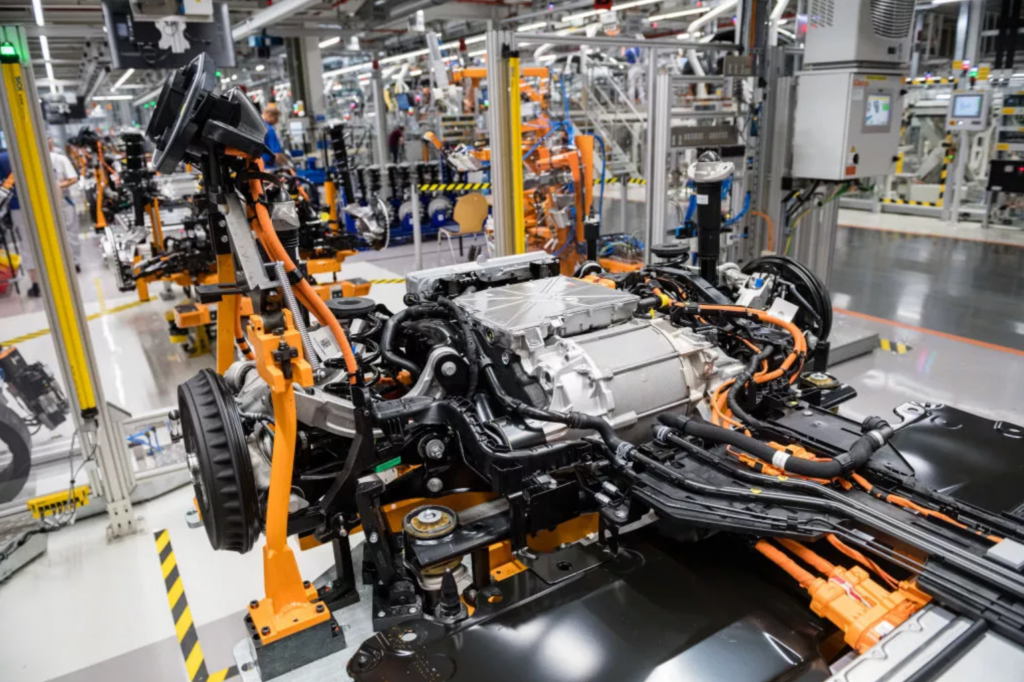
Currently, creating an EV has a more negative environmental impact than producing a gas-powered vehicle. This is, in large part, a result of battery manufacturing, which requires the mining, transportation, and processing of raw materials, often extracted in unsustainable and polluting ways.6 Battery manufacturing also requires high energy intensity, which can lead to increased GHG emissions.7
In China, for example, the raw materials and manufacturing process of a single gasoline car produces 10.5 tonnes of carbon dioxide, while it takes 13 tonnes of CO2 to produce an electric vehicle.8 Equally, a recent Vancouver study of comparable electric and gas-powered cars found that the manufacture of an electric vehicle uses nearly twice as much energy as manufacturing a gas-powered vehicle.9
But the differences in manufacturing, including raw materials extraction, need to be placed in the context of the entire life cycle of the vehicles. The majority of a gas vehicle’s emissions come not in the manufacturing process but in the cumulative time the vehicle is on the road. By comparison, raw materials and manufacturing play a larger role in the total life-cycle emissions of electric vehicles.10
On average, roughly one-third of total emissions for EVs come from the production process, three times that of a gas vehicle.11 However, in countries like France, which rely on low-carbon energy sources for their electricity production, the manufacturing process can constitute 75% to nearly 100% of a vehicle’s life-cycle GHG emissions.12 Once the vehicle is produced, in many countries emissions drop precipitously.
So while EV manufacturing produces higher emissions than the production of a gas-powered car does, a lifetime of low- to zero-emissions driving leads EVs to have greater environmental benefits. While, as we saw, manufacturing emissions are higher in China for EVs than for gas-powered cars, over the lifetime of the vehicles, EV emissions in China are 18% lower than fossil-fueled cars.13 Likewise, the Vancouver study cited above found that over their lifetimes, electric vehicles emit roughly half the greenhouse gases of comparable gasoline cars.14 And the benefits of EV driving come quickly after manufacturing: according to one study, “an electric vehicle’s higher emissions during the manufacturing stage are paid off after only two years.”15
Driving
The longer an EV is on the road, the less its manufacturing impact makes a difference. Driving conditions and driving behavior, however, do play a role in vehicle emissions. Auxiliary energy consumption (that is, energy not used to propel the car forward or backward, such as heating and cooling) contributes roughly one-third of vehicle emissions in any type of vehicle.16 Heating in a gas-powered car is provided by waste engine heat, while cabin heat in an EV needs to be generated using energy from the battery, increasing its environmental impact.17
Driving behavior and patterns, though less quantifiable, also matter. For example, EVs are far more efficient than gas-powered vehicles in city traffic, where an internal combustion engine continues to burn fuel while idling, while in the same situation the electric motor truly is idle. This is why EPA mileage estimates are higher for EVs in city driving than on highways, while the reverse is true for gasoline cars. More research needs to be done beyond specific case studies on the different driving behavior and patterns between drivers of EVs compared to gas-powered vehicles.18
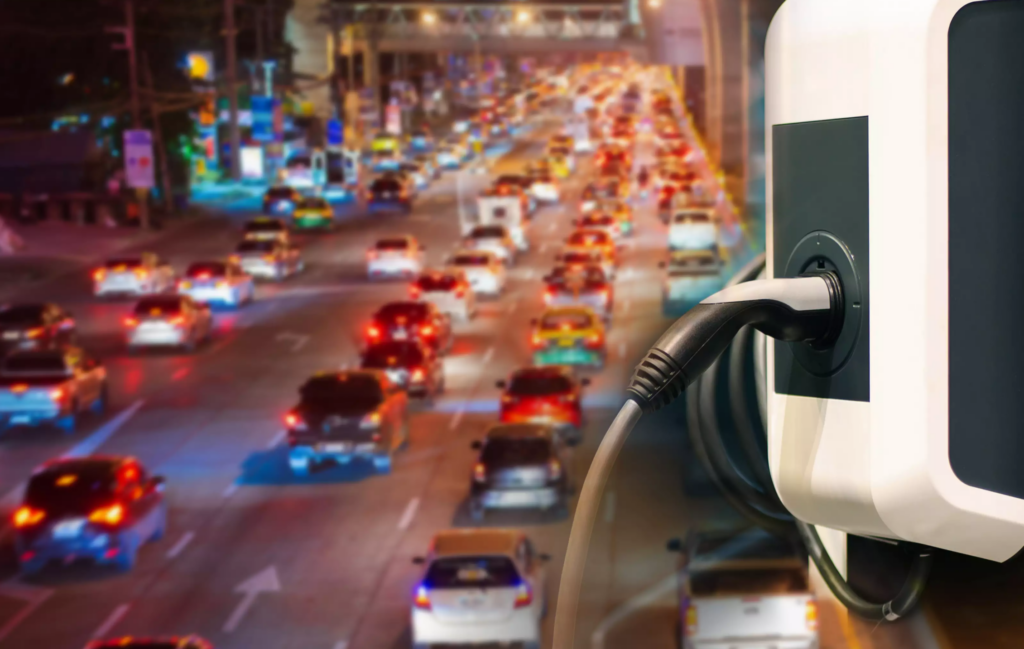
Traffic Pollution
While most studies of the benefits of electric vehicles are understandably related to greenhouse gas emissions, the wider environmental impacts of non-exhaust emissions due to traffic are also a consideration in the life-cycle analysis.
The negative health consequences of particulate matter (PM) from road traffic are well-documented.19 Road traffic generates PM from resuspension of road dust back into the air, and from the wear-and-tear of tires and brake pads, with resuspension representing some 60% of all non-exhaust emissions.20 Due to the weight of the battery, electric vehicles are on average 17% to 24% heavier than comparable gas-powered ones, leading to higher particulate matter emissions from re-suspension and tire wear.21
Braking comparisons, however, favor EVs. Fine particles from braking are the source of approximately 20% of traffic-related PM 2.5 pollution.22 Gas-powered vehicles rely on the friction from disc brakes for deceleration and stopping, while regenerative braking allows EV drivers to use the kinetic force of the motor to slow the vehicle down. By reducing the use of disc brakes, particularly in stop-and-go traffic, regenerative braking can reduce brake wear by 50% and 95% (depending on the study) compared to gas-powered vehicles.23 Overall, studies show that the comparatively greater non-exhaust emissions from EVs due to weight are roughly equal to the comparatively lower particulate emissions from regenerative braking.24
Fueling
Beyond manufacturing, differences in fuel and its consumption are “one of the main drivers for life-cycle environmental impacts of EVs.”25 Some of that impact is determined by the fuel efficiency of the vehicle itself. An electric vehicle on average converts 77% of the electricity stored in its battery toward moving the car forward, while a gas-powered car converts from 12% to 30% of the energy stored in gasoline; much of the rest is wasted as heat.26
The efficiency of a battery in storing and discharging energy is also a factor. Both gas-powered cars and EVs lose fuel efficiency as they age. For gasoline cars, this means they burn more gasoline and emit more pollutants the longer they are on the road. An EV loses fuel efficiency when its battery becomes less efficient in the charging and discharging of energy, and thus uses more electricity. While a battery’s charge-discharge efficiency is 98% when new, it can drop to 80% efficiency in five to ten years, depending on environmental and driving conditions.27
Overall, however, the fuel efficiency of a gas-powered engine decreases more quickly than the efficiency of an electric motor, so the gap in fuel efficiency between EVs and gas-powered cars increases over time. A Consumer Reports study found that an owner of a five- to seven-year-old EV saves two to three times more in fuel costs than the owner of a new EV saves compared to similar gas-powered vehicles.28
Cleaning the Electricity Grid
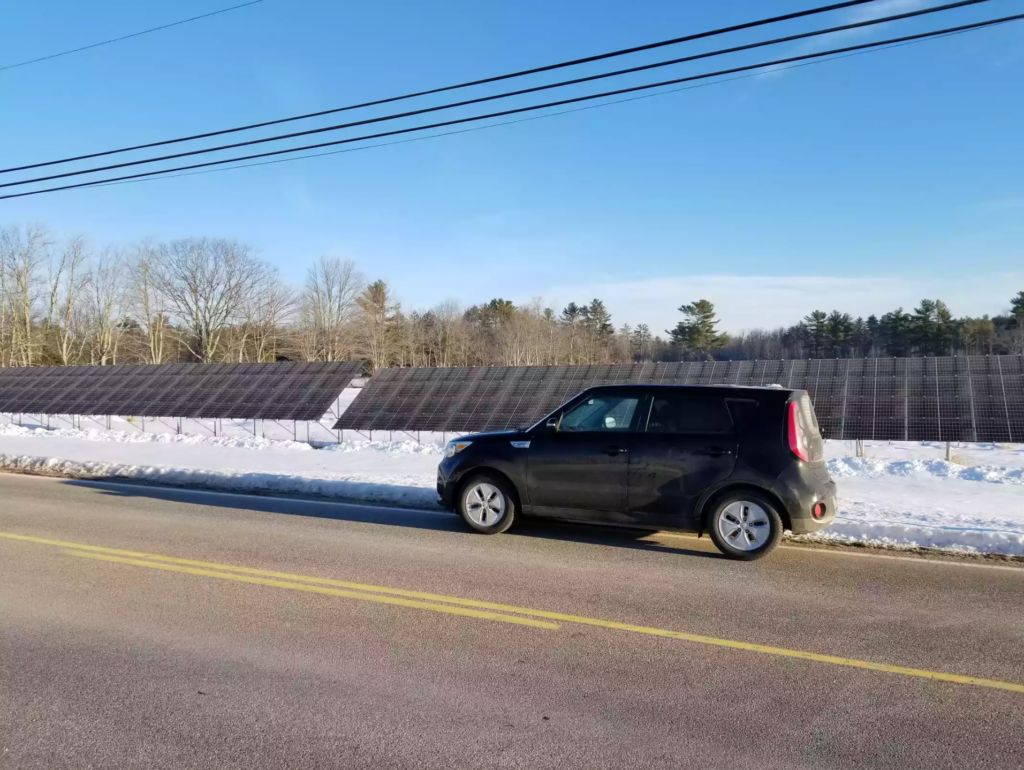
Yet the extent of the benefits of an electric vehicle depends on factors beyond the vehicle’s control: the energy source of the electricity that fuels it. Because EVs run on standard grid electricity, their emissions level depends on how clean the electricity is going into their batteries. As the electricity grid gets cleaner, the cleanliness gap between EVs and ICE vehicles will grow only wider.
In China, for example, due to a large reduction of greenhouse gas emissions in the electricity sector, electric vehicles were projected to improve from 18% fewer GHG emissions than gasoline cars in 2015 to 36% fewer in 2020.13 In the United States, annual greenhouse gas emissions from an electric vehicle can range from 8.5 kg in Vermont and 2570.9 kg in Indiana, depending on the sources of electricity on the grid.29 The cleaner the grid, the cleaner the car.
On grids supplied exclusively by coal, electric vehicles can produce more GHG than gas-powered vehicles.30 A 2017 comparison of EVs and ICE vehicles in Denmark found BEVs “were not found to be effective in reducing environmental impacts,” in part because the Danish electricity grid consumes a large share of coal.31 By contrast, in Belgium, where a large share of the electricity mix comes from nuclear energy, EVs have lower life-cycle emissions than gas or diesel cars.32 In Europe as a whole, while the average EV “produces 50% less life-cycle greenhouse gases over the first 150,000 kilometers of driving,” that number can vary from 28% to 72%, depending on local electricity production.15
There can also be a trade-off between addressing climate change and addressing local air pollution. In parts of Pennsylvania where the electricity is supplied by a high share of coal-fired plants, electric vehicles may increase local air pollution even while they lower greenhouse gas emissions.33 While electric vehicles provide the highest co-benefits for combating both air pollution and climate change across the United States, in specific regions plug-in hybrid vehicles provide greater benefits than both gas-powered and electric vehicles.34
How Clean Is Your Grid?
The U.S. Department of Energy’s Beyond Tailpipe Emissions Calculator allows users to calculate the greenhouse emissions of an electric or hybrid vehicle based on the energy mix of the electricity grid in their area.
Charging Behavior
If EV drivers currently have little control over the energy mix of their electricity grid, their charging behavior does influence the environmental impact of their vehicles, especially in places where the fuel mix of electricity generation changes throughout the course of the day.35
Portugal, for example, has a high share (55%) of renewable power during peak hours, but increases its reliance on coal (up to 84%) during off-peak hours, when most EV owners charge their vehicles, resulting in higher greenhouse gas emissions.”36 In countries with a higher reliance on solar energy, such as Germany, midday charging has the greatest environmental benefit, whereas charging during hours of peak electricity demand (usually in the early evening) draws energy from a grid that relies more heavily on fossil fuels.30
Modifying EV charging behavior means “we can use EVs to benefit the grid,” as David Reichmuth told Treehugger. “EVs can be part of a smarter grid,” where EV owners can work with utilities so that their vehicles are charged when demand on the grid is low and the sources of electricity are clean. With pilot programs already underway, he said, “we’ll soon see the flexibility inherent in EV charging being used to enable a cleaner grid.”
In the build-out of electric vehicle charging stations, the success of efforts to increase the environmental benefit of EVs will also rely on charging stations that use clean or low-carbon energy sources. High-speed DC charging can put demands on the electricity grid, especially during hours of peak electricity demand. This can require utilities to rely more heavily on natural gas “peaker” plants.
Reichmuth noted that many charging stations with DC Fast Charging are installing battery storage to cut their utility costs and also reduce reliance on high-carbon power plants. Charging their batteries with solar-generated electricity and discharging them during peak demand hours allows charging stations to support EV adoption at the same time that they promote solar energy even when the sun isn’t shining.37
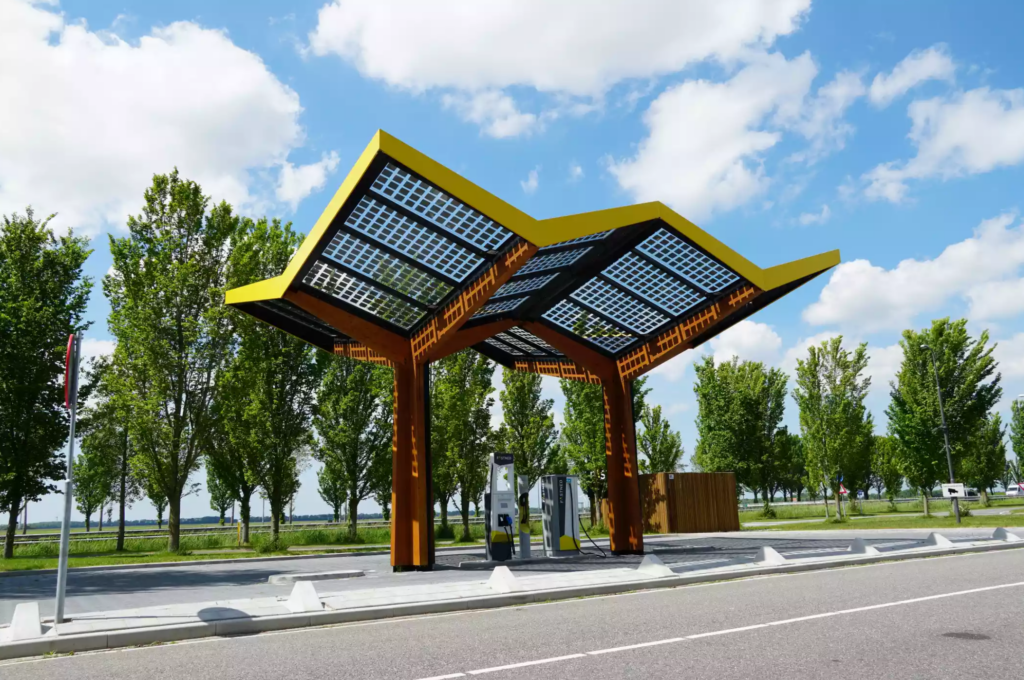
End of Life
What happens to electric vehicles when they’ve reached their end of life? As with gas-powered vehicles, scrap yards can recycle or re-sell the metals, electronic waste, tires, and other elements of an electric vehicle. The main difference, of course, is the battery. In gas-powered vehicles, over 98% of the materials by mass in lead-acid batteries are successfully recycled.38 EV battery recycling is still in its infancy since most electric vehicles have only been on the road for fewer than five years. When those vehicles do reach their end of life, there could be some 200,00 metric tons of lithium-ion batteries that need to be disposed. A successful battery recycling program needs to be developed to avoid decreasing the relative benefits of EVs.39
It Only Gets Better
Periods in the life cycle of an electric vehicle can be more environmentally harmful than in similar periods of a gas-powered car, and in areas where the electricity supply is dominated by coal, EVs produce more air pollution and greenhouse gases than gas-powered cars. But those areas are far outweighed by the overall benefits of EV—and the benefits can only improve as EV manufacturing evolves and as electricity grids get cleaner.
Were half of the cars on the road electric, global carbon emissions could be reduced by as much as 1.5 gigatons—equivalent to the current admissions of Russia.40 By 2050, electrification of the transport sector can reduce carbon dioxide emissions by 93%, nitrogen oxide emissions by 96%, and sulfur oxide emissions by 99%, compared to 2020 levels, and lead to the prevention of 90,000 premature deaths.41
The electric vehicle industry is young, yet it is already producing cars that are environmentally more beneficial than their gas-powered equivalents. As the industry matures, those benefits can only increase.

